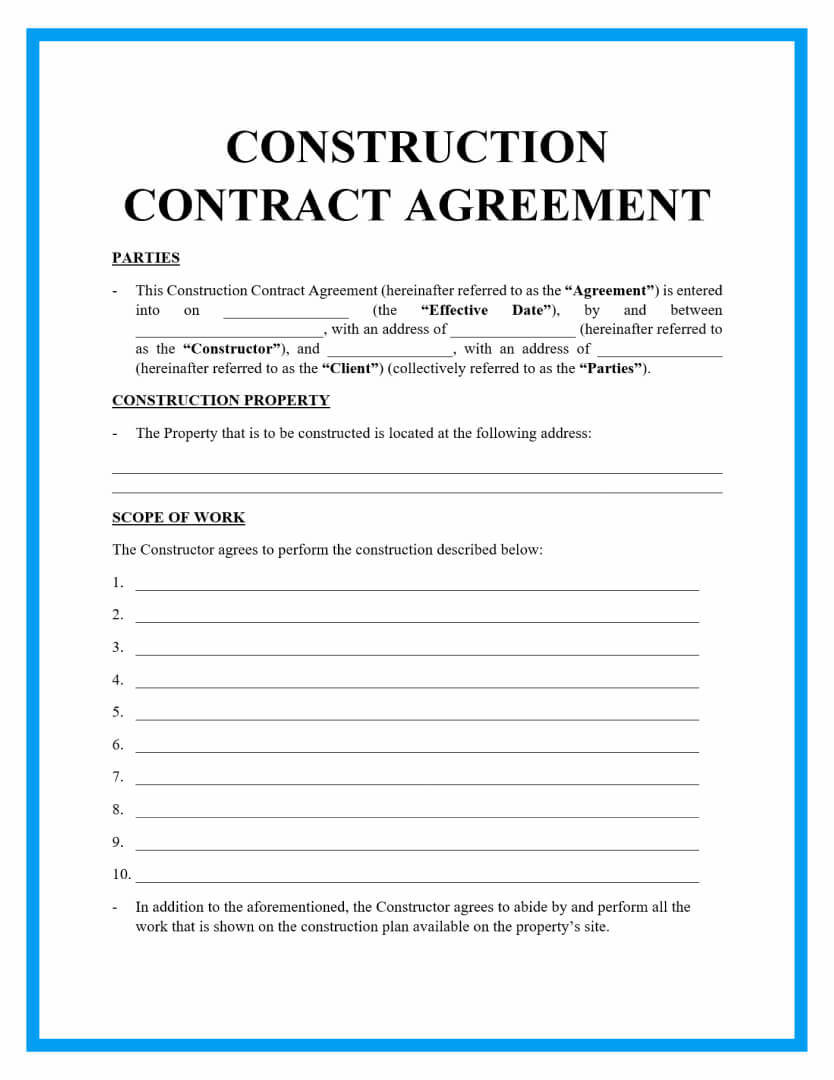Global supply-chain delays and shortages have had an impact on construction contracts in terms of enforceability and risk, and have increased the likelihood of litigation to settle differences between parties, as well as the need to negotiate contracts that anticipate and minimize potential disputes.
“The allocation of risk is paramount to [achieving] the best possible outcome,” stated David Vanderhider, a Partner in the San Antonio office of Dykema Gossett, a Detroit-based national law firm with a substantial construction litigation practice.
During an October 26 webinar that explored the legal considerations of supply-chain impacts on contracts, Vanderhider was joined by two Partners from Dykema Gossett’s Chicago office: Steven Mroczkowski, who is Co-leader of the firm’s Construction Group; and Melanie Chico, Asset Practice Group Leader.
Chico predicted that supply-chain problems, including those related to costs and labor, are likely to spill into 2023. To which Vanderhider followed that earlier attention to planning will be needed to prepare for delays and cost overruns. Mroczkowksi added that collaboration is the key to allocating risk fairly, and he’s been seeing fewer take-it-or-leave-it clauses on contracts. But he also noted that “there’s no one-size-fits-all” solution.
Contractual risk and reward
The bulk of the webinar was taken up with the partners discussing different contract clauses. For example, Mroczkowski has seen an uptick in litigation over the applicability of force majeure, which is intended to excuse nonperformance following a particular event. (This is commonly known as the “Act of God” provision.) Such clauses are enforceable when the event is beyond the reasonable control of the party. And what is often being litigated, he said, is whether the affected party took sufficient steps to reduce its risk.
Mroczkowski cautioned that force majeure can vary by jurisdiction and how a project’s financing is structured, which is why he advises clients to customize the language of their contracts to the realities of the given project. “Sometimes, risk allocation boils down to an amendment in a contract,” observed Chico.
Another growing area of dispute, the partners said, is a contract’s Notice requirement, which spells out when a party is entitled to additional compensation or time. Chico said that too many notice clauses are loosely drawn up, and lack specificity when it comes to who, what, when, and why.
Indeed, the partners agreed that the precision of a particular clause’s language usually determines each party’s level of protection in a contract, especially at a time when outside forces that affect contractual agreements are in flux.
Litigate or arbitrate

During the webinar, the partners touched on suspension and termination provisions, limitation of liability clauses, waivers for consequential damages (which owners are generally interested in), safety requirements, and insurance requirements. (Vanderhider said that insurance policies covering errors and omissions/professional liability “are trending,” and revolve around notice provisions.)
He said he’s been seeing contracts with more provisions that allow owners to withhold payments, with a notorious change in emphasis from “pay when paid” to “pay if paid,” which shifts more risk onto subcontractors. Chico added there are options “to be creative here,” such as payment clauses that kick in or are capped at certain thresholds, are limited to certain building materials, are tied to index pricing, or offer early payment for supply and storage actions.
The partners also took some time to debate how best to resolve disputes in general.
Vanderhider typically favors litigation, claiming that arbitration doesn’t always save time or money, and can place limits on the presentation of evidence and witnesses. “Many of the more common contract forms don’t reflect the reality of today’s economic climate,” he asserted. But Vanderhider also conceded that arbitration makes it easier for parties to keep evidence private
Chico, on the other hand, prefers arbitration, “mostly because it’s faster” than letting a lawsuit play out. She and Vanderhider agreed that dispute clauses in contracts are most effective when they are consistent throughout the construction chain. Mroczkowski recommended, too, that contracts include a provision mandating some level of arbitration so as not to halt the project while the parties try to resolve differences.
In conclusion, Mroczkowski cited four takeaways for contractual risk mitigation:
•Focus on your priorities
•Be proactive anticipating supply-chain impacts
•Ensure consistency in certain key contract terms
•Ensure compliance with local laws.
Related Stories
Codes and Standards | Jun 17, 2024
Federal government releases national definition of a zero emissions building
The U.S. Department of Energy has released a new national definition of a zero emissions building. The definition is intended to provide industry guidance to support new and existing commercial and residential buildings to move towards zero emissions across the entire building sector, DOE says.
Multifamily Housing | Jun 14, 2024
AEC inspections are the key to financially viable office to residential adaptive reuse projects
About a year ago our industry was abuzz with an idea that seemed like a one-shot miracle cure for both the shockingly high rate of office vacancies and the worsening housing shortage. The seemingly simple idea of converting empty office buildings to multifamily residential seemed like an easy and elegant solution. However, in the intervening months we’ve seen only a handful of these conversions, despite near universal enthusiasm for the concept.
Healthcare Facilities | Jun 13, 2024
Top 10 trends in the hospital facilities market
BD+C evaluated more than a dozen of the nation's most prominent hospital construction projects to identify trends that are driving hospital design and construction in the $67 billion healthcare sector. Here’s what we found.
Affordable Housing | Jun 12, 2024
Studio Libeskind designs 190 affordable housing apartments for seniors
In Brooklyn, New York, the recently opened Atrium at Sumner offers 132,418 sf of affordable housing for seniors. The $132 million project includes 190 apartments—132 of them available to senior households earning below or at 50% of the area median income and 57 units available to formerly homeless seniors.
Contractors | Jun 12, 2024
New hire strengthens Kraus Anderson's relationships with design-architects
Nate Enger, the firm’s second design phase services manager, has worked on both sides of the designer-contractor fence.
Contractors | Jun 12, 2024
The average U.S. contractor has 8.3 months worth of construction work in the pipeline, as of May 2024
Associated Builders and Contractors reported that its Construction Backlog Indicator fell to 8.3 months in May, according to an ABC member survey conducted May 20 to June 4. The reading is down 0.6 months from May 2023.
Lighting | Jun 10, 2024
LEDs were nearly half of the installed base of lighting products in the U.S. in 2020
Federal government research shows a huge leap in the penetration of LEDs in the lighting market from 2010 to 2020. In 2010 and 2015, LED installations represented 1% and 8% of overall lighting inventory, respectively.
Contractors | Jun 7, 2024
First-in-nation law requires contractors to pay prevailing wage for subsidized housing projects in Minnesota
Minnesota recently adopted a first-in-nation law that requires contractors to pay prevailing wage for subsidized housing projects in the state. This action makes Minnesota the first state in the nation to mandate prevailing wages on projects funded by federal Low-Income Housing Tax Credits (LIHTC).
Libraries | Jun 7, 2024
7 ways to change 'business as usual': The Theodore Roosevelt Presidential Library
One hundred forty years ago, Theodore Roosevelt had a vision that is being realized today. The Theodore Roosevelt Presidential Library is a cutting-edge example of what’s possible when all seven ambitions are pursued to the fullest from the beginning and integrated into the design at every phase and scale.
Education Facilities | Jun 6, 2024
Studio Gang designs agricultural education center for the New York City Housing Authority
Earlier this month, the City of New York broke ground on the new $18.2 million Marlboro Agricultural Education Center (MAEC) at the New York City Housing Authority’s Marlboro Houses in Brooklyn. In line with the mission of its nonprofit operator, The Campaign Against Hunger, MAEC aims to strengthen food autonomy and security in underserved neighborhoods. MAEC will provide Marlboro Houses with diverse, community-oriented programs.

















